The Commercial Off the Shelf (COTS) Multi Rotor UAS (MRUAS) industry is seeing the confluence of the accelerating improvements in robotics, autonomous systems, cyber activity, and weapon proliferation. At the 9th Regiment, Royal Australian Artillery (RAA), we believe that COTS MRUAS creates an opportunity to introduce new capability and concepts around mission profiles in support of reserve battle groups. The low cost and low training liabilities of MRUAS enable increased agility, scalability and capacity within the batteries.
The 9th Regiment has been working to develop tactics, techniques and procedures (TTPs) and mission profiles for the DJI Mavic 2 Enterprise and Phantom 4+ in support of battery operations and for wider supported manoeuvre elements. In exploring these capabilities, we have developed a range of improvements that will further extend the utility of MRUAS. COTS MRUAS and subsequent upgrades should be leveraged to increase tactical capacity and flexibility.
Battery organic MRUAS capabilities
The DJI Mavic 2 Enterprise has been used as the primary platform for developing an understanding of the UAS within the battlespace at battery level, whilst also assisting in defining the art of the possible for UAS. It is easy to fly and – although range, duration, optics and payload are limited – it does have an entry-level thermal camera which permits the development of night mission profiles and capabilities.
The 2nd/10th Battery in Victoria has trained approximately one third of its personnel to be MRUAS qualified and this has enabled MRUAS to be embedded across all battery functions from Joint Fire Teams, to mortar lines and logistics elements. This has also supported a better understanding of enemy UAS threats.
Scalable solution
The low training liability of a 2-day course, platform price of around $5,000, and ability to purchase a large number of systems readily provides a scalable solution that can be developed in a very short timeframe. With all of the limitations of the COTS platform, it is still a dramatic step up for JFTs and the mortar line.
Mission profiles
The battery has developed a range of new TTPs that leverage the benefits of the stable platform with an elevated view and employed them by day and by night.
Adjustment of fire – Whilst COTS MRUAS are not ideally suited to adjustment (with lat long navigation data and no laser range finder), we believe that there is value in further developing the adjustment of fires with COTS UAS for several reasons:
- Adversaries are using COTS MRUAS for adjustment, so developing an understanding of MRUAS in the adjustment of fire will enable a better understanding of the capabilities and limitations of MRUAS for this mission.
- COTS MRUAS, with all their limitations, are still significantly better than no UAS capability at all. The enhanced command of the ground, range, and ability to close with the enemy has been shown to increase the capabilities of our JFTs. These have been shown to increase the accuracy and response time of calls for fires.
- COTS MRUAS acts as a force multiplier. JFTs can observe a larger portion of the AO, at greater range – greatly increasing the flexibility and survivability of JFTs.
Our JFTs have been able to achieve first-round target rounds with MRUAS. Where adjustment of fire has been required, corrections are more accurate with the enhanced command of the ground.
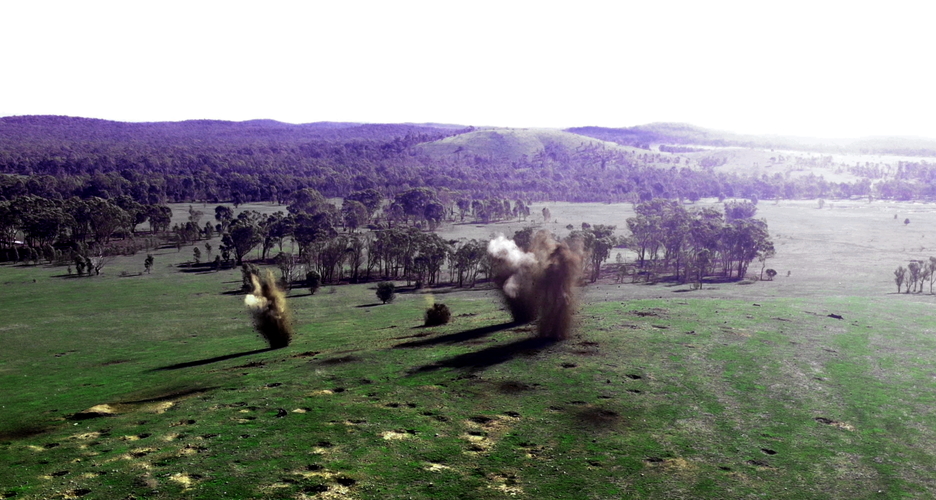
Figure 1: An example of rapid and close target identification, treatment and then follow up with close battlefield damage assessment.
Reconnaissance – MRUAS provide manoeuvre unit commanders with reconnaissance for missions in complex terrain along with feeding into the artillery Intelligence fusion capability. The Regiment has developed a 1-day course for using the orthographic mapping software PIX4Dmapper which enables the development of 3D fly-through models. This gives commanders the ability to view the ground and develop understanding of terrain and the implications for planning, such as identifying dead ground. It also enables pinpoint location of any point of interest to within 5 meters, useful for developing defensive fire tasks for a planned assault.
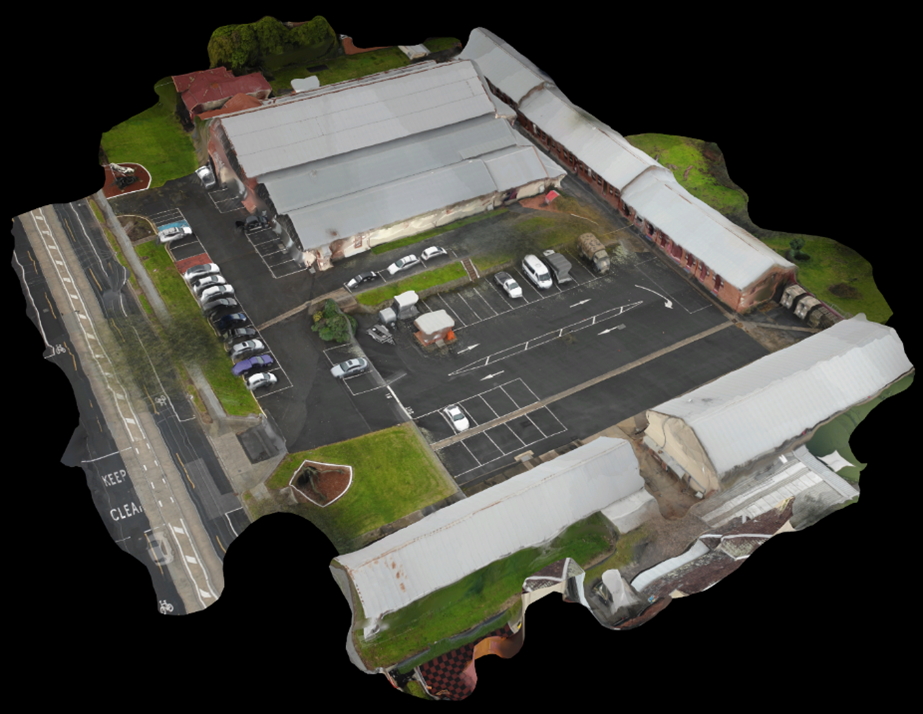
Figure 2: Orthographic software develops 3D models that can be used in planning for Operations. This is the new mud model – providing planners with the ability to rotate the model and visualise line of sight.

Figure 3: Terrain analysis mission flown in the Ramu Valley on an Australian Army Research Centre Battlefield Study tour. The value of MRUAS imagery is greatly increased in complex terrain and provides enhanced terrain appreciation.
Reconnaissance in complex terrain – One of the characteristics of MRUAS is the ability to hover and manoeuvre in 3 dimensions, as opposed to forward flight with fixed-wing UAS. This permits reconnaissance in complex terrain, including below the tree canopy. This greatly increases the utility of MRUAS platforms, and is a reconnaissance capability that we believe is underutilised. The skills required for flying in constrained terrain are higher than our ab initio pilots as risk of a platform becoming decisively engaged with an obstacle is higher.
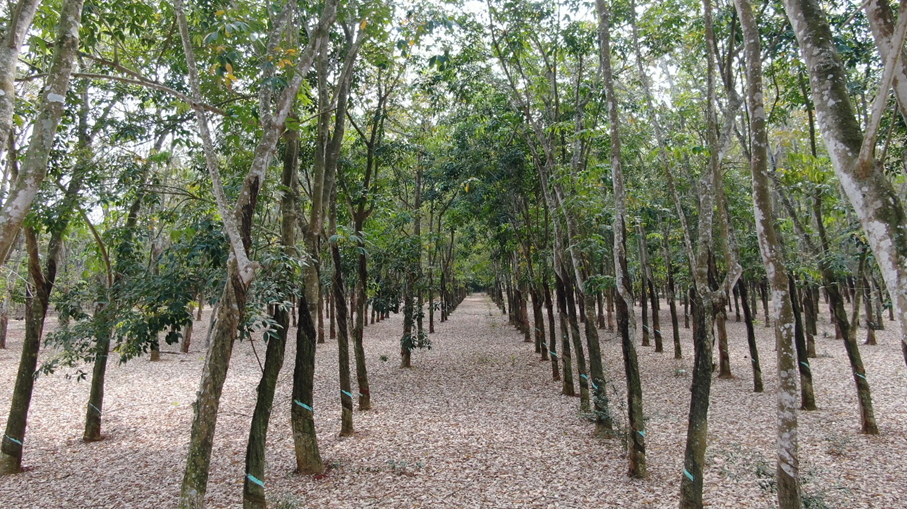
Figure 4: This is footage from a rubber tree Plantation. This mission profile relies heavily on UAS collision avoidance software, but greatly increases ISR capabilities compared to the overhead view generated by fixed-wing UAS.
Aerial Battlefield Clearance – The traditional artillery End of Mission Report details the understanding of the effect of a fire mission on the enemy from the viewpoint of the Joint Fires Observer. MRUAS now gives the possibility for a much more detailed understanding of those effects. The ability to provide vision from low level will yield intelligence very rapidly, including unit designators, the number of dead and wounded, and the existence of radios, maps and other intelligence.
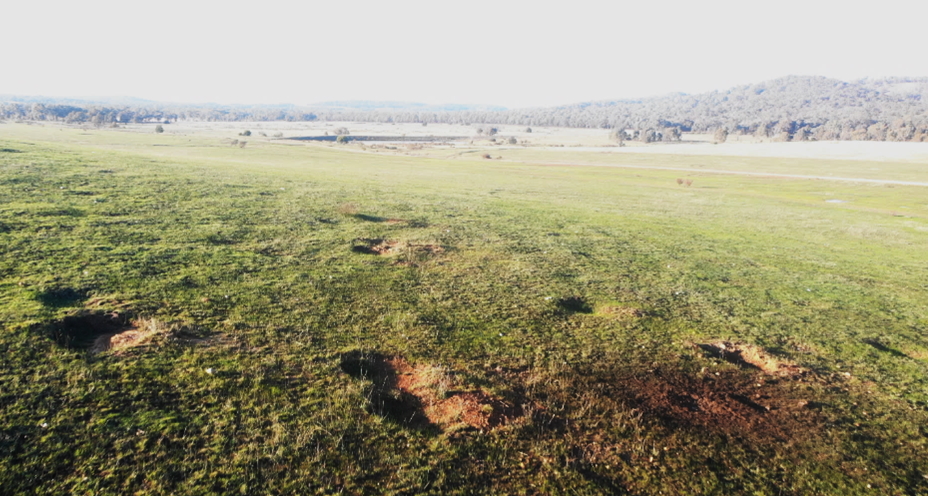
Figure 5: Low-level post-mission Aerial Battlefield Clearance provides near real time Bomb Damage Assessment tightening the tactical OODA loop, enabling the timely identification of intelligence.
Night operations – The Regiment has worked to develop all mission profiles by day and by night. The IR capability of the Mavic 2 Enterprise is limited; however, it enables the development of TTPs and highlights the opportunities for MRUAS at night. The inability to see terrain requires mission planning for navigation by lat long waypoints rather than flying visually.
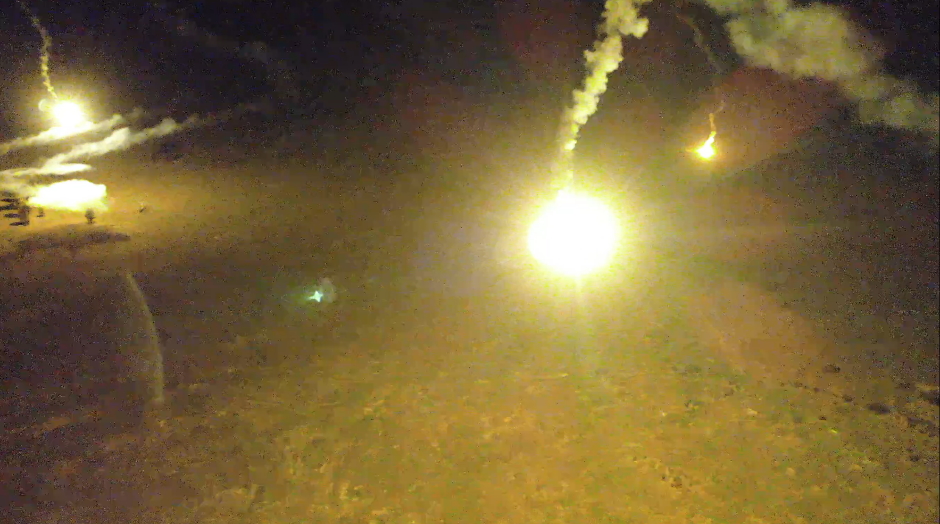
Figure 6: A night illumination mission – night flying requires greater mission planning and higher skilled operators due to the lack of visual cues from the UAS.
Night Defensive Operations / Counter penetration – Nocturnal MRUAS flights with thermal imaging provide the opportunity to greatly enhance situation understanding. The Mavic 2 Enterprise is also equipped for white light illumination of areas of suspected enemy movement.
Maritime operations – During Op Bushfire Assist, agencies required imagery of areas that were inaccessible by land and out of range of Wasp which meant aerial observation from the littoral was the only way to achieve the required imagery. Conducting flights from a maritime platform enabled the ADF to support Victoria Police in gaining the imagery required to support other Victorian Government agencies. The small size and cost of the MRUAS mitigate the risk of maritime launch; however, this mission profile is best conducted with experienced operators. Maritime launch and retrieval is a simple way to develop littoral reconnaissance and adjust fire capabilities.
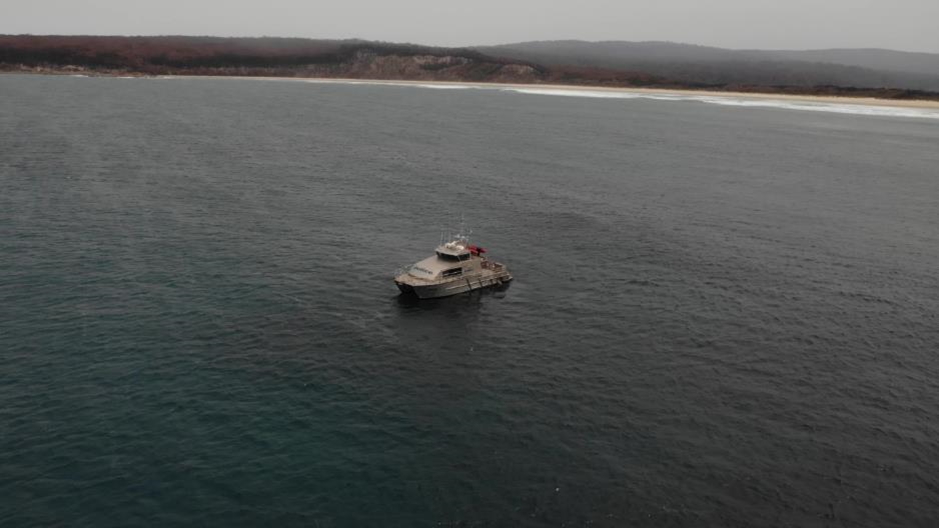
Figure 8: Interagency co-operation with Victoria Police, utilising the maritime launch and recovery procedures during Op BUSHFIRE ASSIST, 2020.
Combining profiles
The flexibility of the MRUAS platform greatly increases the capabilities when employed at the battery level. We see the possibility of a UAS recon patrol identifying an enemy squad, adjusting fires, conducting Battlefield Damage Assessment and identifying high-value items to be collected.
Considerations for employment in near-peer environments
MRUAS allows operators and commanders to use the capabilities of MRUAS to exploit new ways of doing business; however, when looking to deploy MRUAS on operational deployments one must understand the threats from near-peer aggressors.
We believe there are a range of scenarios for consideration:
- Comms degraded environments – The Battery is experimenting with pre-programmed recon flights. This negates the ability to adjust fire but provides the ability to capture imagery in a comms denied environment.
- GPS denied environments – A significant risk to future ops is the inability to obtain GPS signal with GPS spoofing having been demonstrated by foreign nations.
- GPS and comms degraded environments – platforms like the Skydio with AI flight capabilities enable recon in heavily contested EW spectrum environments and points to a possible solution to operations in heavily EW contested AOs.
- Operations in complex terrain – The pervasive nature and risk from observation coupled with protected mobility and long-range fires is likely to deny freedom of movement in open terrain. Complex terrain, especially urban terrain is likely to be where operations will be conducted. Operating in and amongst high rise buildings will require greater training or autonomous systems with heavier airframes to be able to withstand the higher winds encountered in urban terrain. Communications with the UAS may also be problematic. A platform like the R70 SkyRanger would represent a significant improvement over COTS MRUAS.
Future UAS Capability Requirements
Current usage of DJI MRUAS has identified a number of improvements that would enhance future capability.
Manufacturing – Sovereign or western manufacturing capability is critical in permitting COTS UAS to be deployed on operations. The use of DJI platforms limits what the MRUAS could be used for in an operational environment. COTS development of platforms such as Skydio are behind DJI but, over time and with the appropriate support, should be able to develop leadership in both capability and price. Price competitiveness is critical in supporting the rapid scalability of the MRUAS capability.
Performance – Current missions are limited by range, duration and payloads. The increase in capability needs to be managed against the cost-effectiveness of the COTS MRUAS. The cheaper the system, the more it can be rapidly bought into service, but technological improvements will increase areas like battery capacity and autonomous operation. Greater payloads will see broadening of capabilities into areas like EW.
Imaging capability – Increased payloads will bring better optics. Thermal imaging in particular can dramatically increase the effectiveness of the MRUAS, but zoom lenses support a standoff capability and enable the ability to stay below acoustic and optical detection threshold.
Survivability – Decreasing the audible signature and smaller platforms have lower detection thresholds. Autonomous operation and GPS / communications hardening will support resilient operation in areas with contested EW spectrums.
Autonomous terrain avoidance – the ability to operate within built-up terrain will be augmented by AI based terrain avoidance capabilities. Terrain avoidance support operators focusing on the tactical mission rather than flying the UAS.
Counter UAS – The use of MRUAS at battery level has highlighted the acute need to deny enemy MRUAS operations. Further work will need to be conducted via the various means available to degrade enemy UAS capability. Localised comms / GPS jamming, early warning/detection, kinetic effects against UAS and/or operators are all options to deny enemy UAS activities.
Delivery systems – The carriage of ordnance payloads have already been developed by numerous state and non-state entities, attracted by the ease of use and price of acquisition. Azerbaijani operations in the Nagorno-Karabakh war highlight the scalability and utility of next-generation platforms.
Conclusion
The provision of COTS MRUAS has enabled 9 Regiment to rapidly develop a series of innovative mission profiles that greatly enhance the organic capability of mortar batteries. Primarily we have seen significantly better ISR capabilities by day and by night, along with the ability to direct observed fires across a wider area and with more timely responses. Central to the progress has been the dedication and agility of our UAS non-commissioned officers, who have not only trained our pilots and developed the mission profiles but also contributed to the development of the doctrine. Further development of platforms will support the development of agile doctrine and increase the force multiplier effect that the Batteries can generate on conventional operations.










We (and probably others) should collaborate to cross-level lessons learned in a secure environment, and to share efficiencies. There are lots of small teams working on different areas of experimentation at the moment, and we often don’t know about each other.